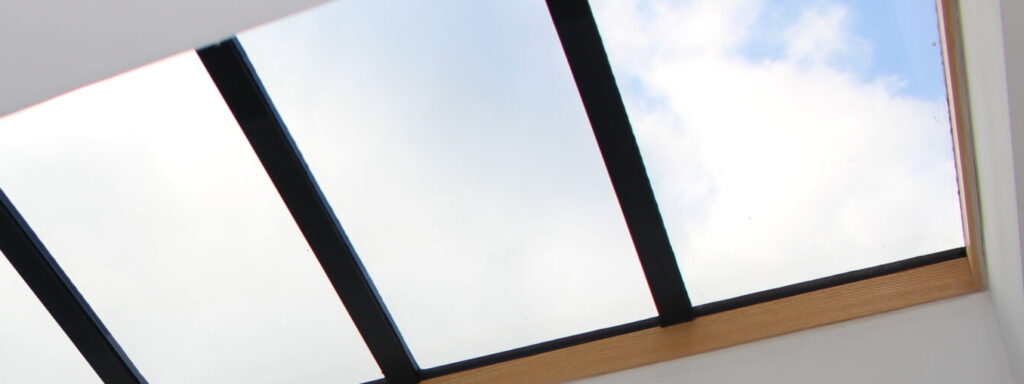Understanding thermal performance, measured through U-values, is crucial in modern construction, particularly for elements like rooflights. U-values indicate the heat loss a building is likely to experience, and their calculation involves various factors, such as building materials, workmanship, and installation standards. It’s imperative to ensure proper installation, as poor fitting can significantly increase thermal transmittance.
Thermal transmittance is measured in Watts per square meter Kelvin (W/m²K), and a lower U-value indicates better efficiency in preventing heat flow through the structure. National standards, as outlined in Building Regulations Approved Document Part L, set maximum U-values for materials and structures in various buildings, ensuring energy efficiency and reduced carbon emissions.
Rooflight U-value testing is based on the thermal performance test for windows, doors, and shutters (BS EN ISO 10077-1:2017). However, the testing doesn’t specifically account for rooflights, leading to potential discrepancies in U-values. Rooflight performance is evaluated based on either a vertical or horizontal pitch, which may not align with manufacturers’ recommended pitch ranges.

The difference in U-values for rooflights at various pitches can be substantial. It’s common for companies to highlight the lower U-value to showcase superior thermal performance, but this may not align with the specific use case. Requesting data or test performance reports can help verify the accuracy of quoted figures.
The design of a rooflight plays a critical role in thermal performance. Modern rooflights often use thermally broken aluminium internally clad with wood for good U-values.
However, this design can result in bulky frames, reducing the frame-to-glass ratio and limiting light entry. Increasing glazing thickness is a straightforward method to lower U-values, but it adds weight, cost, and depth to the rooflight profile.
For conservation rooflights in Listed Buildings or Conservation areas, maintaining a flush roofline is crucial. Using quad glazing or bulky designs for improved thermal performance might compromise aesthetics, especially in heritage settings.
Certain exceptions exist for thermal requirements in specific buildings, such as those listed or in conservation areas. Seeking professional advice is recommended for projects falling into these categories.
In conclusion, while testing methods for rooflight thermal performance could benefit from refinement, U-values remain vital in product selection and overall construction. Lower U-values contribute to better thermal efficiency, potentially reducing heating costs. Ensuring the authenticity and applicability of quoted U-values is essential, emphasising the need for proof and verification.

